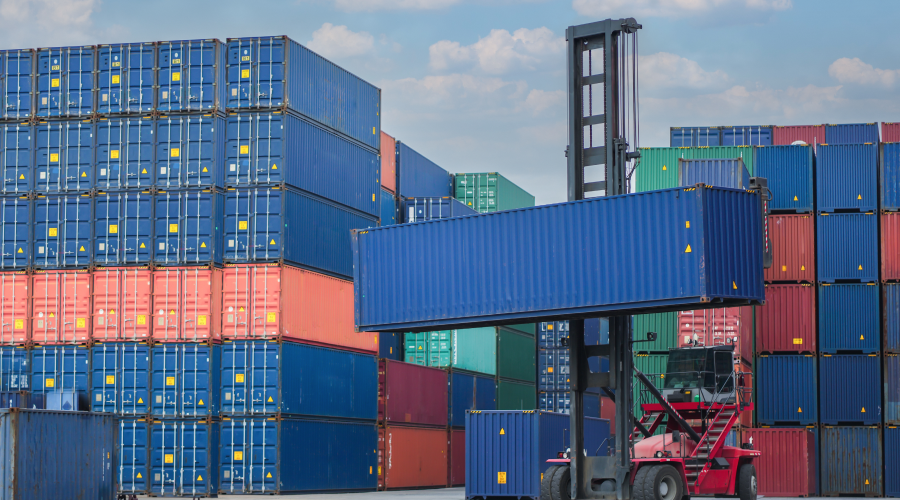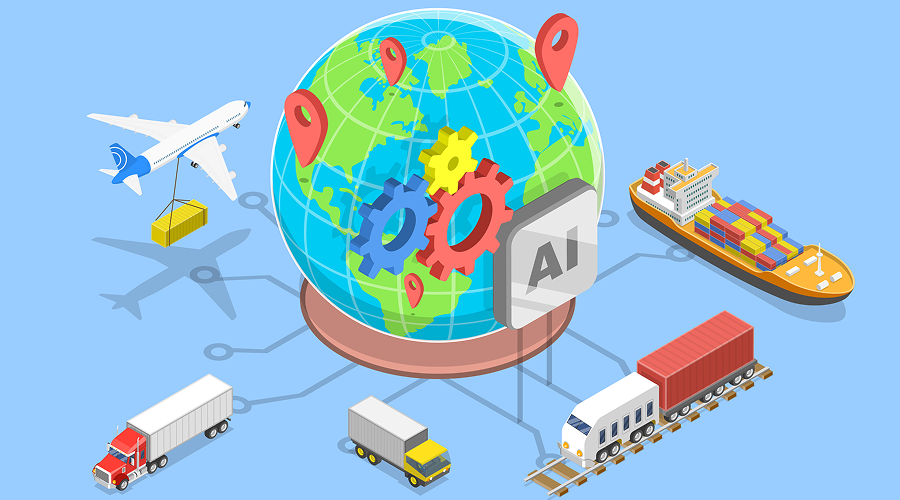Types of Containers and Their Uses: A Comprehensive Guide

Introduction
Containers are the backbone of international logistics. In this article, we will delve into the various types of containers and their uses. Understanding these will help you choose the right container for your shipping needs.
1. Dry Containers
1.1 Basic Information
Dry containers are the most common type, typically available in 20-foot and 40-foot sizes. There are also high cube containers, which offer greater height, used for transporting a variety of general cargo like electronics and automotive parts【6†source】【8†source】.
1.2 Features and Benefits
- Highly durable and can be used for extended periods
- Floors consist of cross-members and plywood, suitable for heavy machinery loading
- Lacks temperature control, making it unsuitable for temperature-sensitive goods【7†source】.
1.3 Uses
- Transporting electronics, automotive parts, coffee, tobacco, etc.
- Widely used in both maritime and land transport【9†source】.
2. Specialized Containers
2.1 Reefer Containers (Refrigerated Containers)
Designed for transporting perishable goods, these containers are equipped with refrigeration units and insulation. They are ideal for transporting fresh produce and pharmaceuticals【8†source】【10†source】.
2.2 Open Top Containers
These containers have removable roofs, allowing for the loading of tall or heavy cargo from the top. They are covered with a waterproof tarpaulin【9†source】.
2.3 Flat Rack Containers
These containers lack side walls and roofs, making them suitable for transporting long or oversized cargo. They have numerous lashing rings to secure large items【7†source】.
3. Other Containers
3.1 Tank Containers
These containers are designed for liquid cargo and feature a tank enclosed within a steel frame. They are used for transporting chemicals and food products【7†source】.
3.2 Ventilated Containers
These containers have ventilation holes, enabling natural or forced ventilation. They are ideal for transporting coffee beans and grains【10†source】.
Conclusion
This article has introduced various types of containers and their uses. Selecting the right container for your logistics needs ensures efficient and safe transportation. AnyLogi supports international logistics with a variety of containers. Feel free to contact us for more information.
References
Types and Sizes of Sea Containers
Types and Sizes of Sea Containers|MOL Logistics
Comprehensive Guide to Container Types and Sizes
Find the Best Container for Your Needs
Introduction to Sea Containers: Sizes and Specifications
AnyLogi is a comprehensive logistics platform supporting both domestic and international logistics. We integrate with various e-commerce carts and malls, including Shopify, to seamlessly support your logistics. With logistics hubs both domestically and internationally, we offer forwarding services and import/export services using local distribution networks. Contact us today for a quote.








